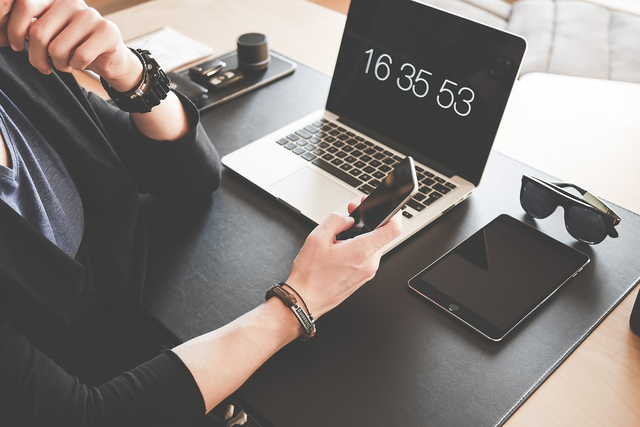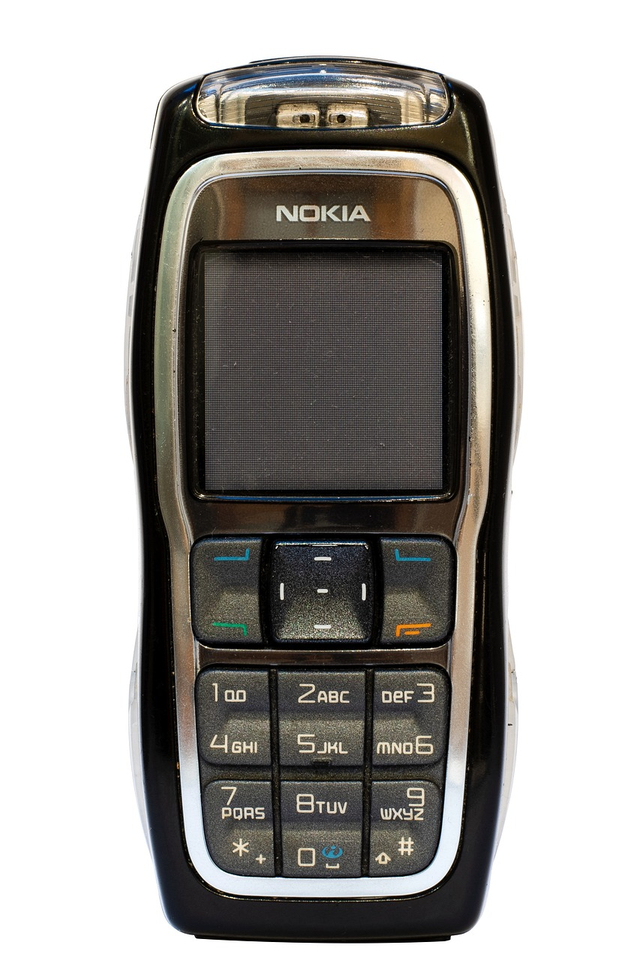Dumb Phones: What we found when switching to a Nokia
Connor O'Brien •
Switching to a Nokia dumb phone to reduce distractions and improve mental well-being proved challenging for the author. While the initial appeal included less screen time and more personal interactions, practical issues like the lack of essential apps, communication difficulties, and limited internet access hindered productivity and social connectivity. The author advises planning ahead, setting clear expectations, and staying organized for those considering the switch. Ultimately, a balanced approach using smartphones mindfully, rather than a complete switch, was found to be more practical.
Switching to a Nokia: The Realities of Using Dumb Phones
In a world dominated by smartphones, the trend of switching to dumb phones is making waves, especially among Generation Z. Intrigued by the promise of reduced distractions and improved mental well-being, I decided to take the plunge and switch to a Nokia dumb phone. Here’s what happened and why it didn't work out as I had hoped.
The Appeal of Dumb Phones
Why Choose a Dumb Phone?
The 'dumb phone' trend is all about simplicity. These devices offer basic functions like calling and texting, with minimal internet access. The idea is to cut down on digital distractions and foster genuine personal interactions. For someone constantly battling the urge to check notifications, the concept was incredibly appealing.
My Expectations
I envisioned a life with less screen time and more face-to-face interactions. I thought a dumb phone would help me focus better on my tasks and reduce my anxiety levels, which often spike due to constant social media notifications.
The Reality of Using a Nokia Dumb Phone
Initial Excitement
When I first switched to the Nokia, the nostalgia hit me hard. The tactile buttons, the simplicity of the interface—everything felt straightforward and refreshing. I was excited to break free from the shackles of my smartphone.
Day-to-Day Challenges
However, the initial excitement soon wore off. Here are some of the challenges I faced:
- Lack of Essential Apps: While I appreciated the break from social media, I found myself missing essential apps like Google Maps and banking apps. Simple tasks became cumbersome.
- Communication Issues: Group chats, especially my family group chat became a hassle. The Nokia couldn't handle the plethora of messages efficiently, and I often missed important updates.
- Limited Internet Access: While the limited internet access was supposed to be a blessing, it turned into a curse. Accessing emails and important documents on the go became a nightmare.
The Impact on Productivity
Contrary to my expectations, my productivity took a hit. Here’s why:
- Increased Time on Tasks: Without quick access to information, I spent more time completing tasks that were previously straightforward.
- Social Isolation: While I aimed to foster personal interactions, the lack of instant messaging apps meant I missed out on spontaneous meet-ups and group activities.
- Professional Setbacks: In a world where quick communication is key, the dumb phone's limitations hindered my professional interactions.
Tips for Anyone Considering the Switch
If you're still keen on switching to a dumb phone, here are some tips to make the transition smoother:
- Plan Ahead: Make sure you have alternative ways to access essential services. For example, carry a tablet or a secondary device for tasks that require internet access.
- Set Clear Expectations: Understand that a dumb phone won't completely eliminate your digital distractions. It's a tool to help, not a magic solution.
- Stay Organized: Use traditional methods like planners and notebooks to keep track of tasks and appointments.
- Stay Connected: Find alternative ways to stay in touch with your social and professional circles.
The Verdict: Why It Didn't Work for Me
Despite the initial appeal, the switch to a Nokia dumb phone didn't work out for me. The disadvantages far outweighed the benefits. The allure of reduced screen time and fewer distractions was overshadowed by the practical challenges and professional setbacks.
Key Takeaways
- Be Prepared for Trade-offs: Understand that while you might gain in one area, you might lose in another.
- Evaluate Your Needs: Make sure a dumb phone aligns with your lifestyle and professional requirements.
- Consider Alternatives: If reducing screen time is your goal, consider other strategies like app blockers or scheduled digital detox periods.
Conclusion: A Balanced Approach
Switching to a dumb phone is a personal choice and can work wonders for some. However, for me, the practicality of modern smartphones is irreplaceable. Instead of making a complete switch, I now focus on using my smartphone more mindfully—turning off non-essential notifications and setting aside specific times for social media.
If you're considering making the switch, weigh the pros and cons carefully. Sometimes, a balanced approach might be the best solution.
By sharing my experience, I hope to provide a realistic perspective on the dumb phone trend. It's essential to find a balance that enhances your productivity and well-being without sacrificing the conveniences of modern technology.
See More Posts
Why your iPhone could be the best dumb phone in 2024
Transforming your iPhone into a "dumb phone" using the App Peace can enhance productivity and well-being by minimizing distractions and promoting positive habits. App Peace restricts access to specific apps and websites, helping users focus on essential tasks and reduce digital addiction. This approach allows users to maintain connectivity while eliminating unnecessary distractions, leading to a more balanced and fulfilling life.
2024-08-16 • Connor O'Brien
Dumb Phones: What we found when switching to a Nokia
Switching to a Nokia dumb phone to reduce distractions and improve mental well-being proved challenging for the author. While the initial appeal included less screen time and more personal interactions, practical issues like the lack of essential apps, communication difficulties, and limited internet access hindered productivity and social connectivity. The author advises planning ahead, setting clear expectations, and staying organized for those considering the switch. Ultimately, a balanced approach using smartphones mindfully, rather than a complete switch, was found to be more practical.
2024-08-16 • Connor O'Brien
Reclaim Your Focus: How App Peace's Minimalist Phone Service Boosts Productivity
App Peace is a minimalist phone service designed to enhance productivity by blocking distracting apps, silencing notifications, and encouraging mindful app usage. It helps users improve focus, reduce screen time, sleep better, and increase productivity. Transitioning to this service involves setting realistic goals, creating phone-free zones, and rewarding oneself for digital detox achievements. App Peace aims to empower users to use their smartphones intentionally and productively, transforming their relationship with technology.
2024-08-16 • Connor O'Brien
Contact


